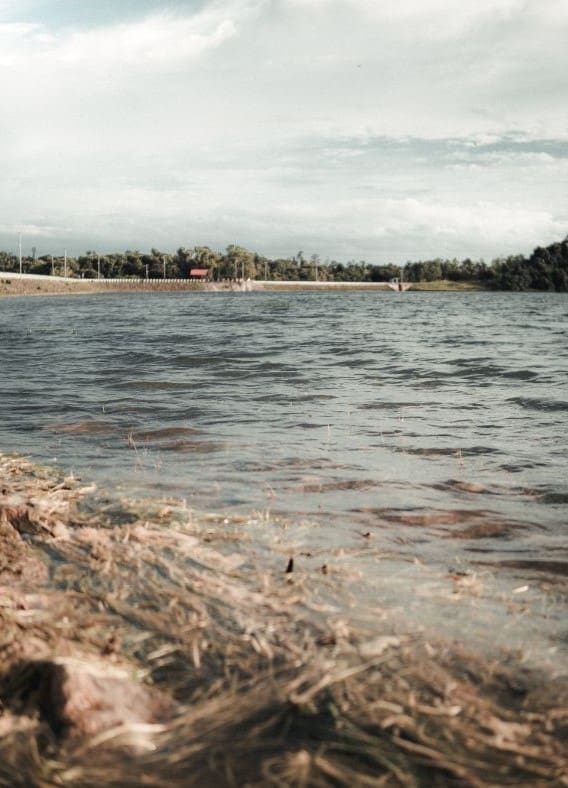By Trish Svoboda
Data from the Environmental Protection Agency (EPA) shows that in Kansas, over 42% of rivers, streams, and creeks (by mileage), and over 70% of freshwater lakes, wetlands, ponds, and reservoirs (by acreage) are deemed too polluted for contact recreational activities. Annually, an average of nearly 35,000 waterborne illness cases are reported in the U.S. due to recreational water use.
The Clean Water Act (CWA), established in 1972, has fallen short of its goal to make 100% of U.S. waters “fishable and swimmable,” mainly due to inefficient and insufficient water quality monitoring. Under the CWA, each state is required to assess all of its recreational-use lakes and rivers for impairments to determine whether a body of water is polluted by sources such as industrial waste, sewage, or agricultural runoff, making it unfit for its designated uses.
Recent data reveals that only 19 states have assessed even 50% of their lakes and rivers for primary water contact recreation, including swimming.













